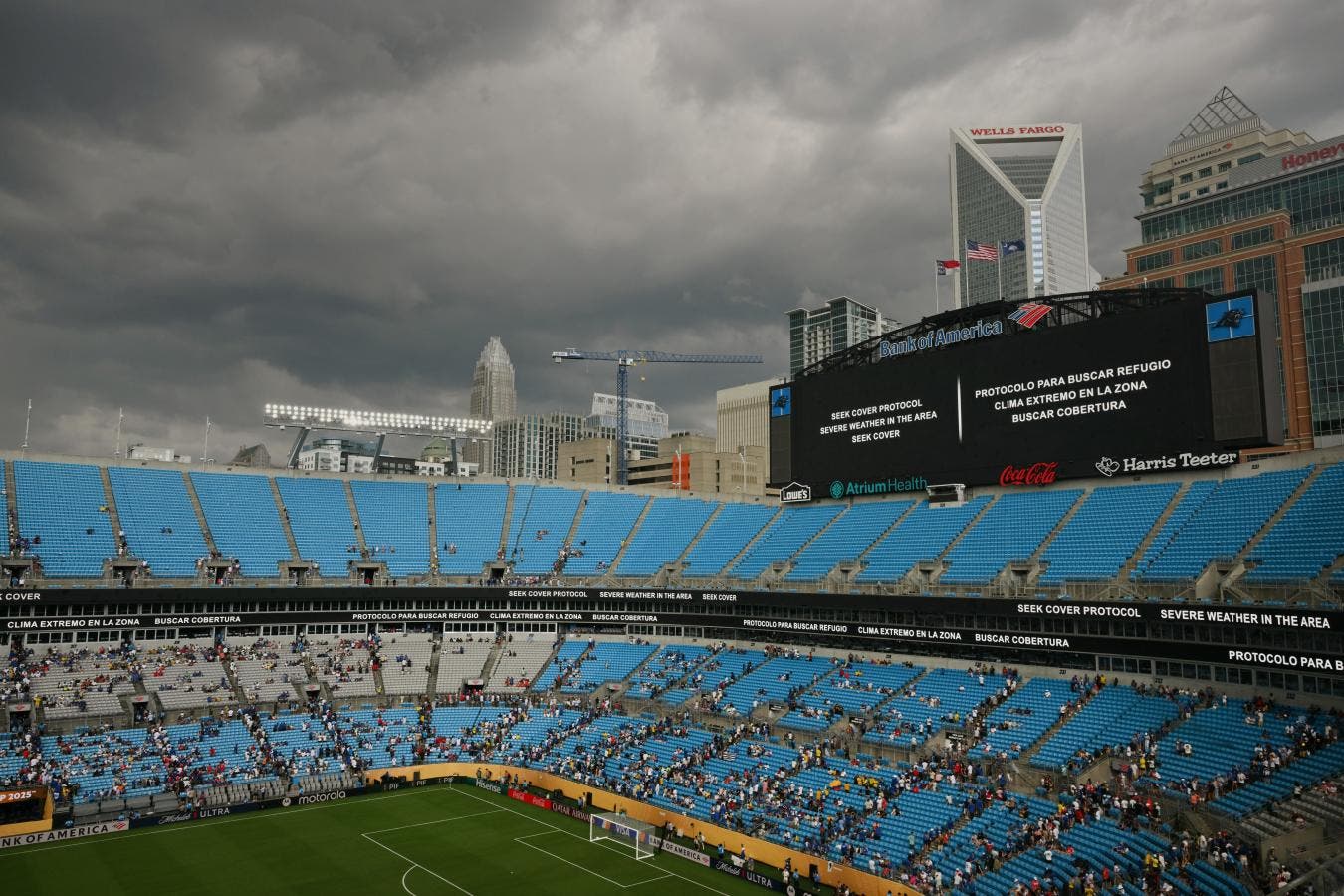Why Are Matches in the Club World Cup Suspended So Often?
One of the big surprises during the FIFA Club World Cup 2025 has been the application of the strict U.S. protocol for thunderstorms, which has already forced the suspension of multiple matches. Safety is the priority: if lightning or signs of an electrical discharge are detected with in an 8-mile (13-kilometer) radius of the stadium, an immediate suspension of the match is triggered.

In accordance with current regulations, upon detection of an electrical discharge within that perimeter, the stadium is evacuated, the players return to the locker room and a 30-minute countdown without electrical activity in the area begins. If a new lightning strike occurs during this period, the countdown is automatically restarted.
Once the waiting time has elapsed without further lightning strikes, a brief warm-up of 5 to 10 minutes is allowed, which is essential for the players to get back into the rhythm of competition before resuming the match.
What happens if the wait is prolonged?
If the suspension extends beyond 45 to 60 minutes, the organizers, in conjunction with the technical staff, must evaluate the continuity of the match. In such cases, the match may be rescheduled or even cancelled, depending on weather and logistical conditions.
The 8-mile radius criterion is not arbitrary: scientific studies have shown that lightning can strike up to 10 miles away from the core of a storm. Therefore, the rule seeks to protect both players and fans from so-called “drifting” lightning strikes.
Here's how the thunderstorm protocol works
* Detection: Advanced sensors or meteorological systems locate thunderstorms within an 8-mile radius.
* Automatic suspension: The game is stopped and the stadium is evacuated.
* Safety countdown: A 30-minute wait is initiated from the last detected lightning strike (restarted with each new strike).
* Staggered restart: Players warm up for 5 to 10 minutes before continuing.
* Final evaluation: If the interruption is prolonged, a decision is made to continue, reschedule or cancel the match.
This protocol is not exclusive to soccer: it is also applied in other U.S. competitions such as the NFL, NCAA, MLS, and even in college sporting events, guaranteeing the maximum possible protection against weather risks.
For this reason, neither the teams, nor the media, nor the fans can do anything about it. It is a security measure that, although it has generated debate, prioritizes the integrity of all those present. For now, no changes in its application are foreseen, and as long as it is about protecting lives, its continuity is welcome.








